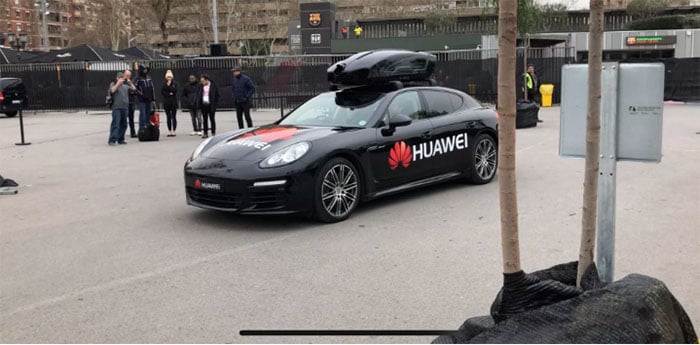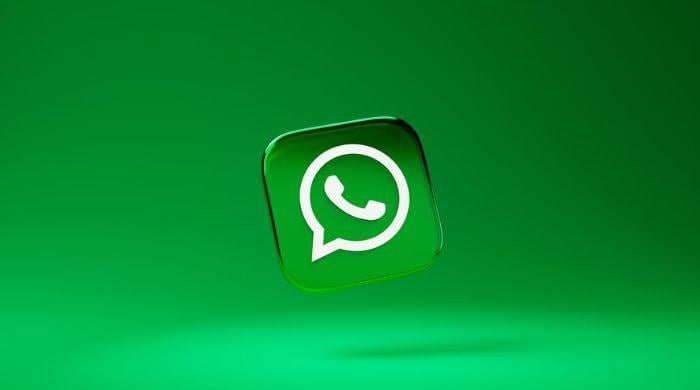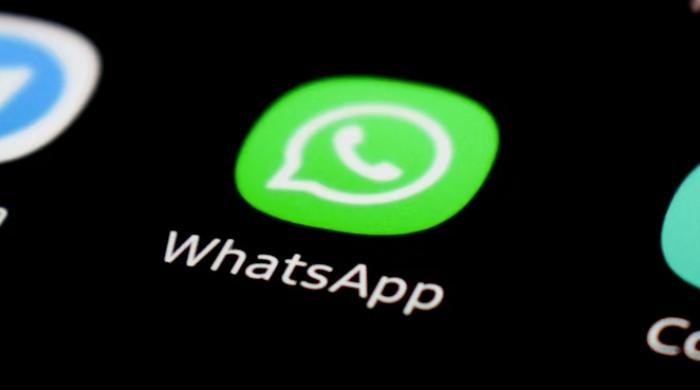This Huawei smartphone can drive a car
It took the smartphone five weeks to master the road courtesy of an AI enabled camera
March 03, 2018

Data and technology are changing the world at a fast pace and it seems soon we may able to drive our cars through smartphones.
As the driverless car industry continues to grow, Chinese smartphone giant Huawei conducted an experiment that turned the Porsche Panerma into a car that drives itself.
Huawei's Mate 10 Pro smartphone was installed into the car as part of the experiment set up to display the processing prowess of the flagship phone's Kirin 970 chip, which features an artificial intelligence (AI) engine. A developer called Kerve created an app with a simple user interface, allowing you to tap a button on the phone to get the car going.
According to Reuters, it took the smartphone five weeks to master the road courtesy of an AI enabled camera.
Essentially the phone’s neural processing unit (NPU) is being used to identify objects and tell the car how to react when they’re in the way. The phone is installed on the car’s dashboard and scans for potential obstacles on its path and guides the car what to do.
“It has been trained to identify about 1,000 objects and because it’s AI it learns new objects as well,” said Arne Herkelmann, European head of handset portfolio and planning for Huawei. "This is purely a showcase of what the phone today is capable of," he added.
The AI camera was originally designed to understand a user’s photography habits but now, it can distinguish between objects such as cats, dogs, balls and bikes and tell the car what to do should any cross its path, Reuters reported.
In its promotional video, Huawei did a demonstration with a living obstacle – a dog.
The project aims to highlight the power of existing AI technology, a key theme of this year’s Mobile World Congress but one that some say should be treated with caution.
In November, Huawei unveiled the Mate 10 Pro and the vaunted AI engine in the Kirin 970. The company began selling the phone in the US in February, although without a carrier partner.











